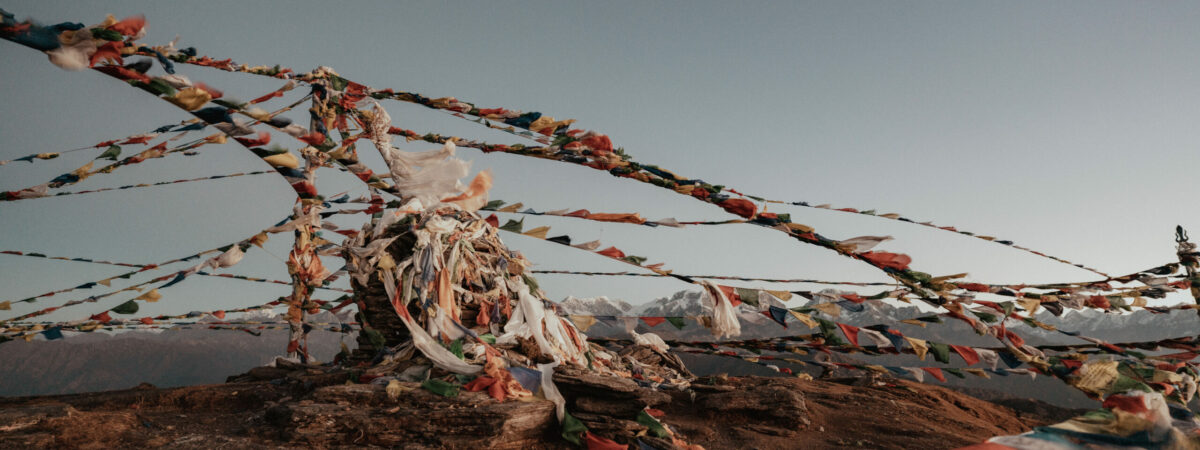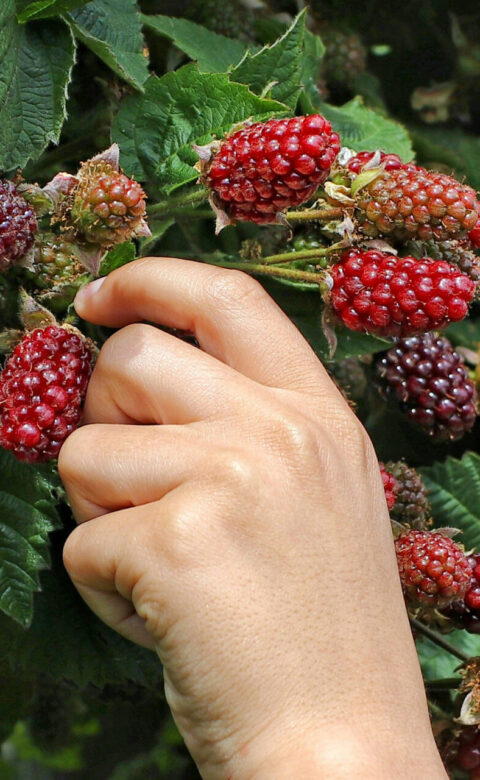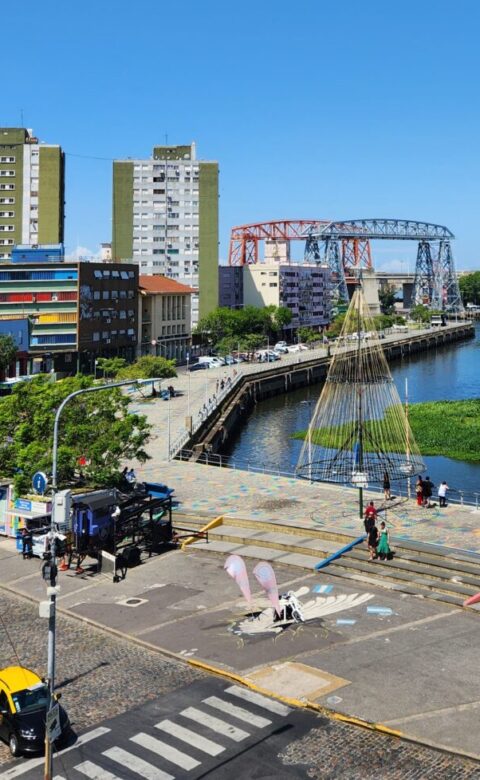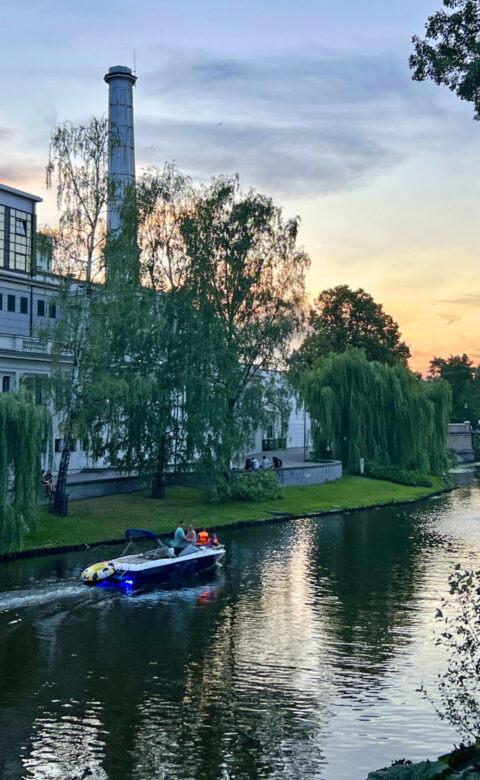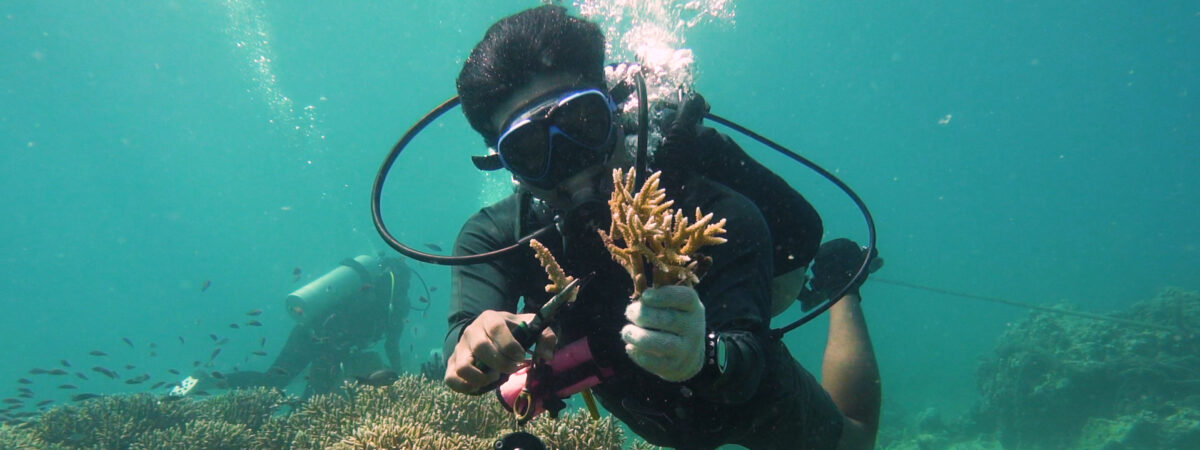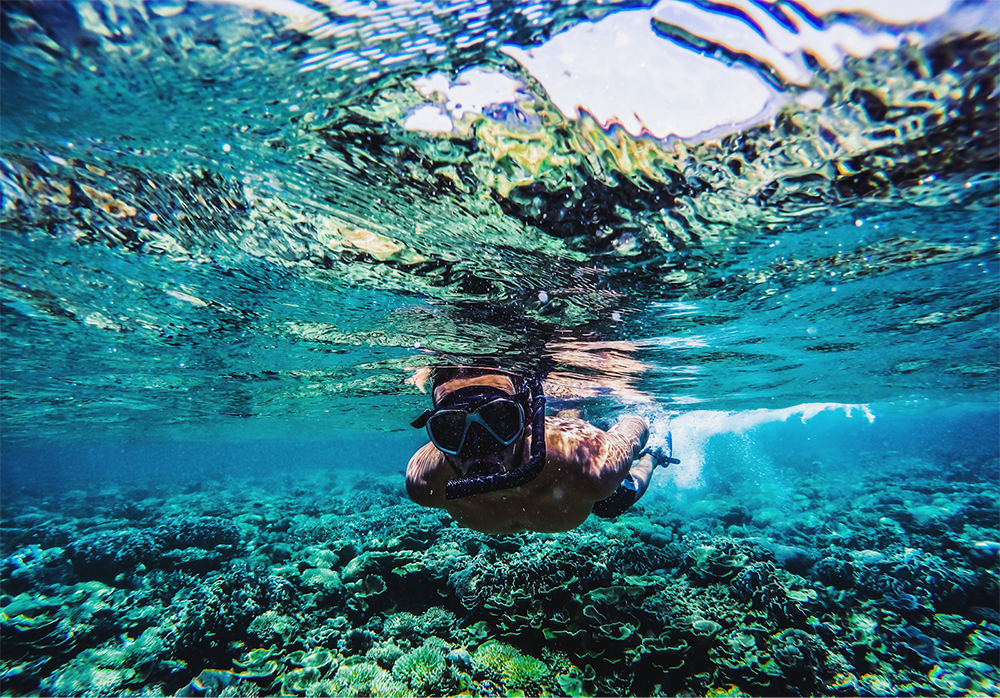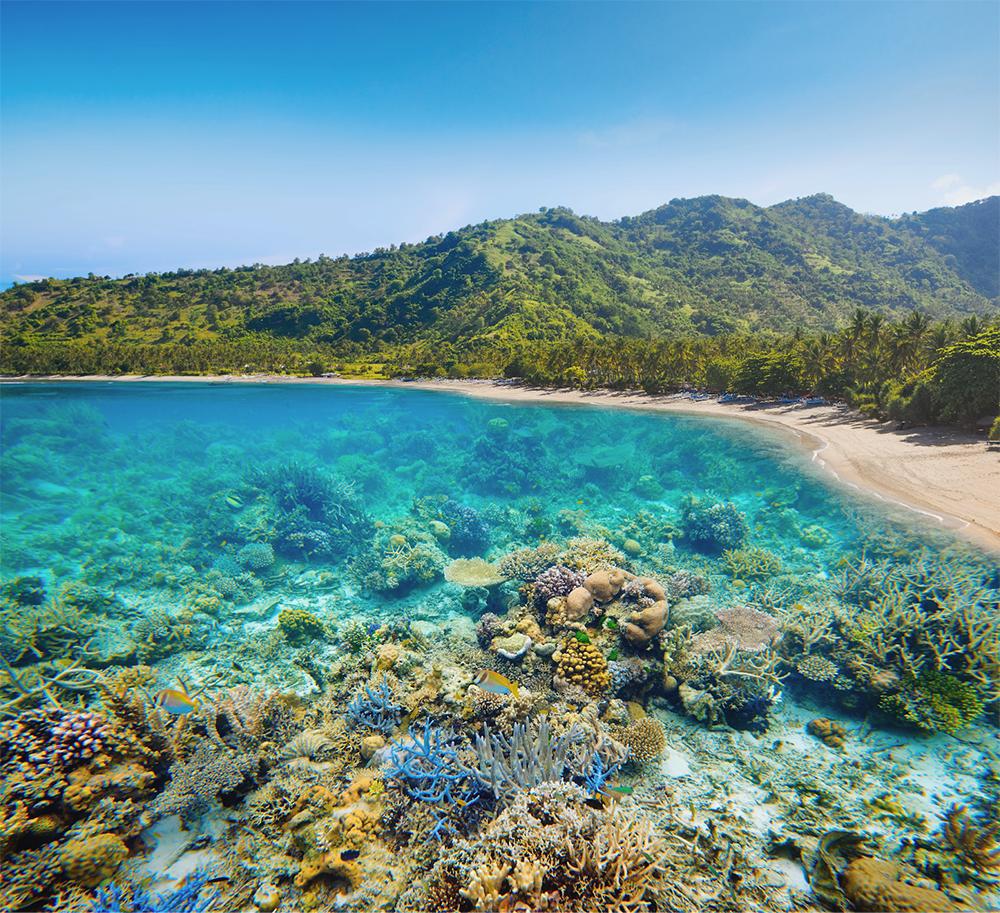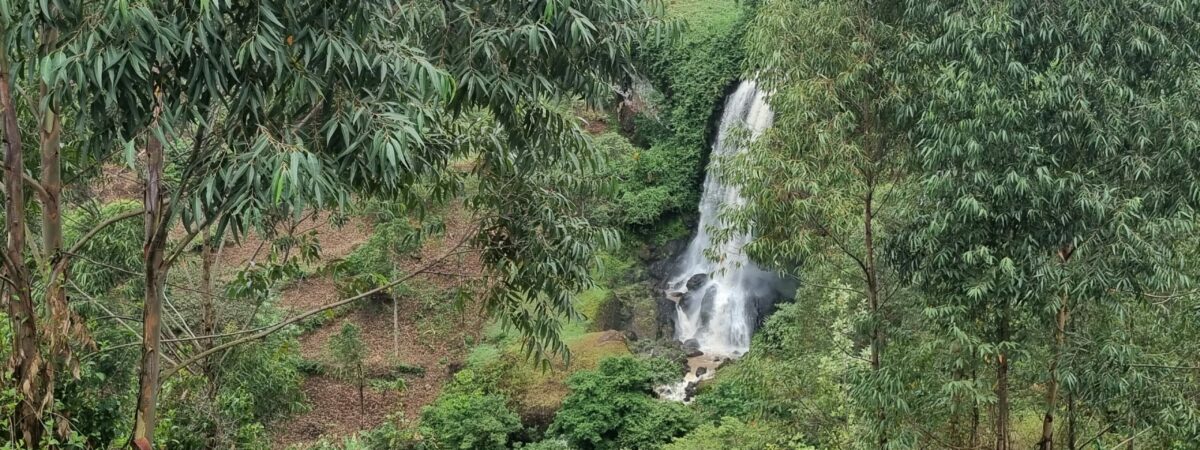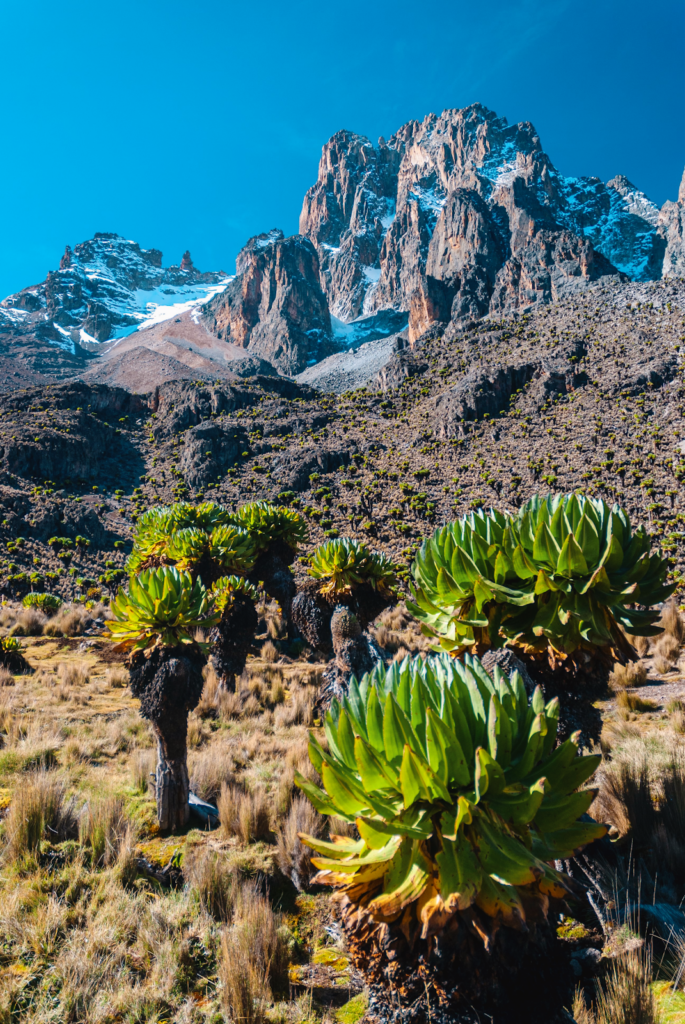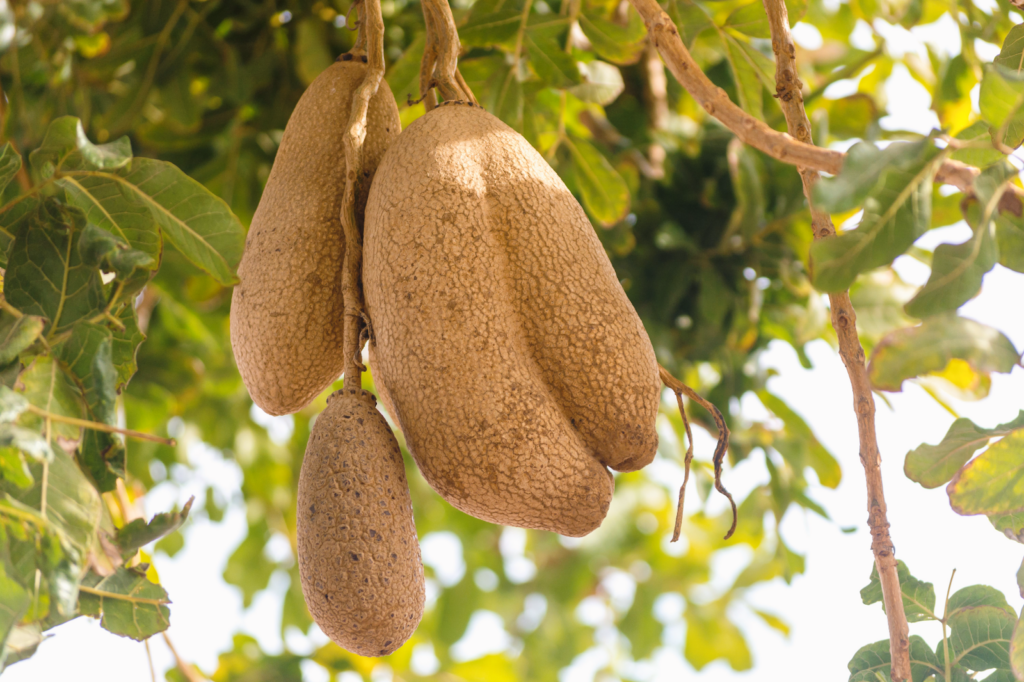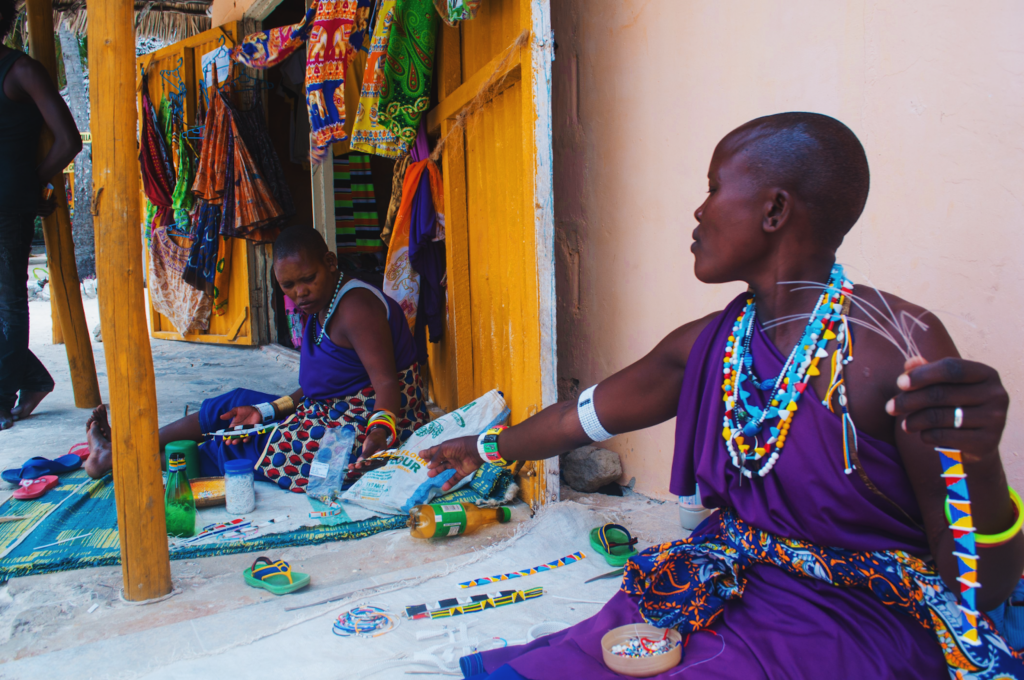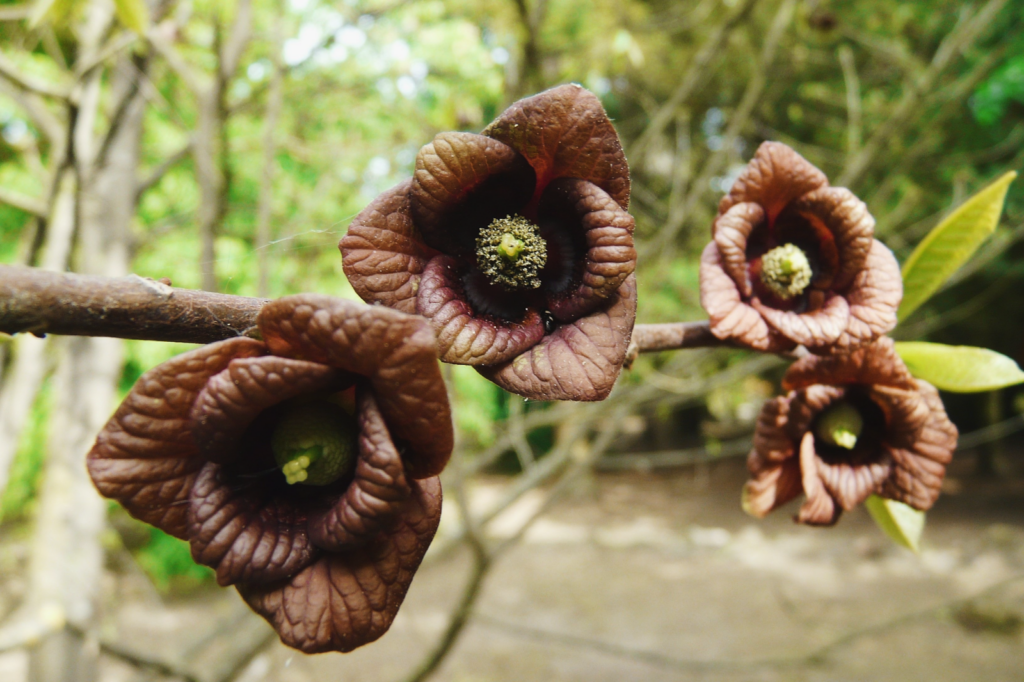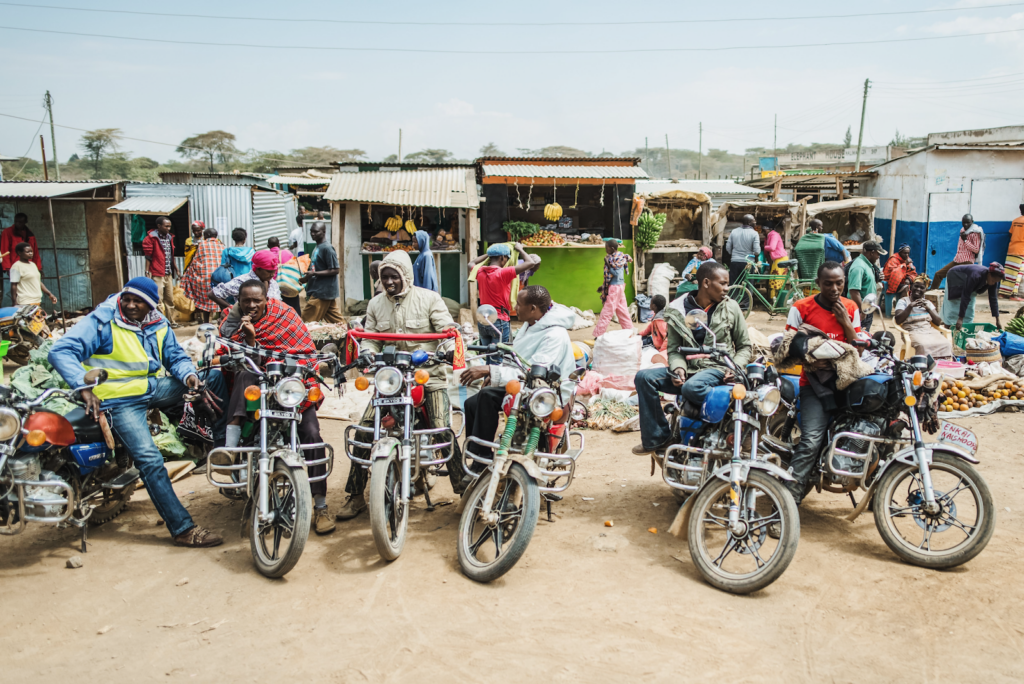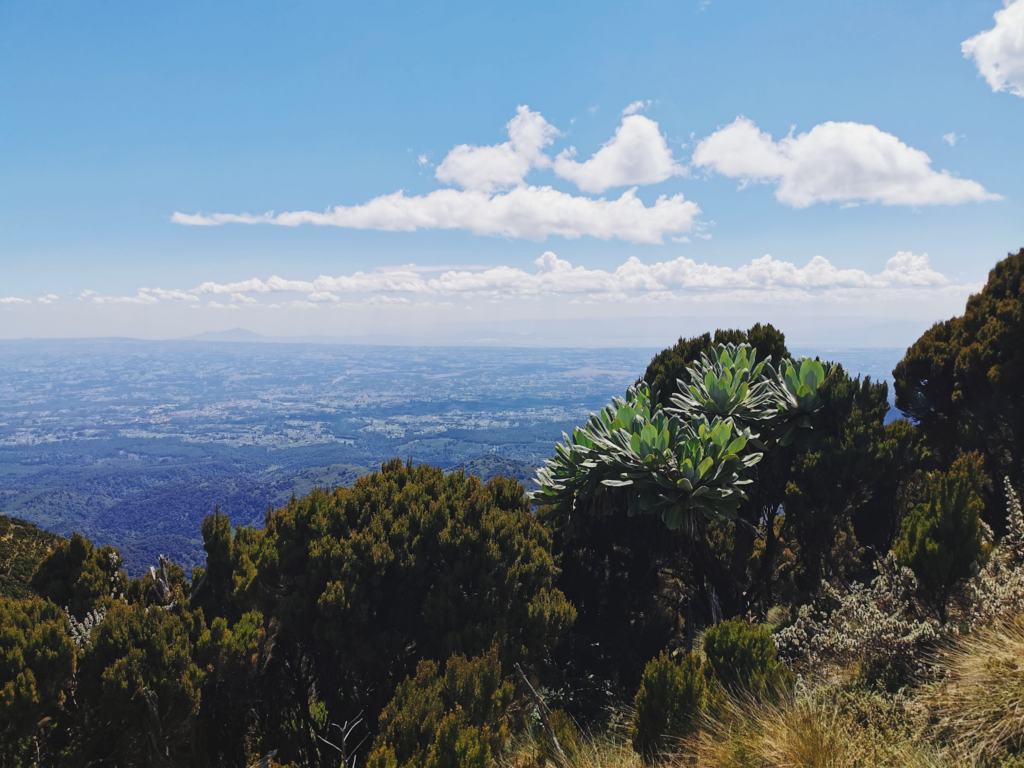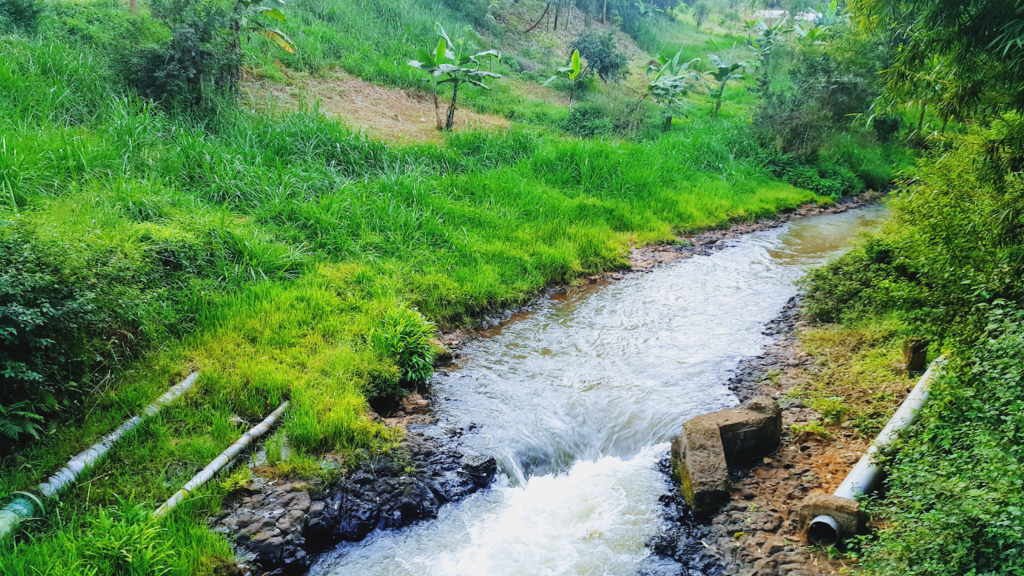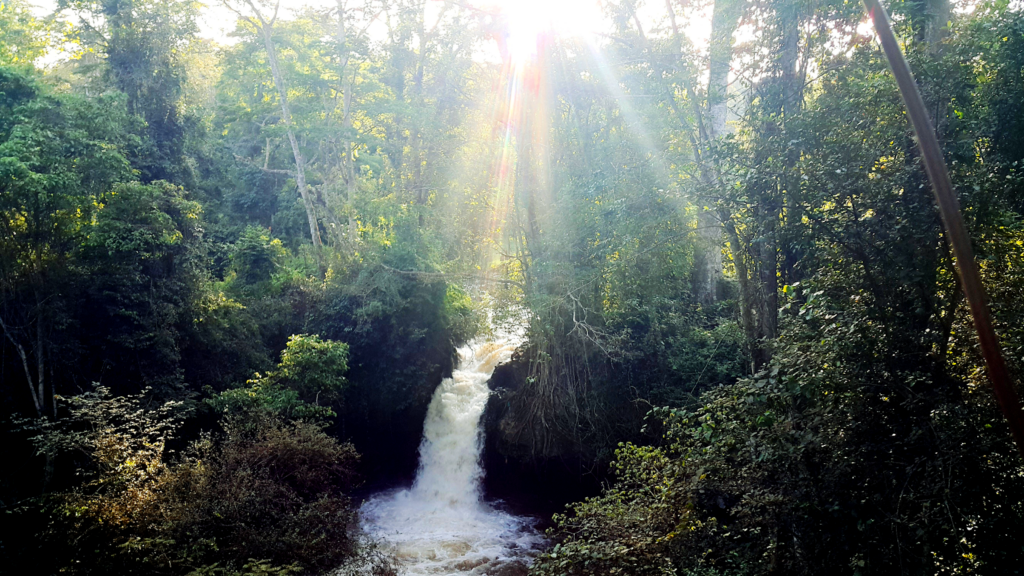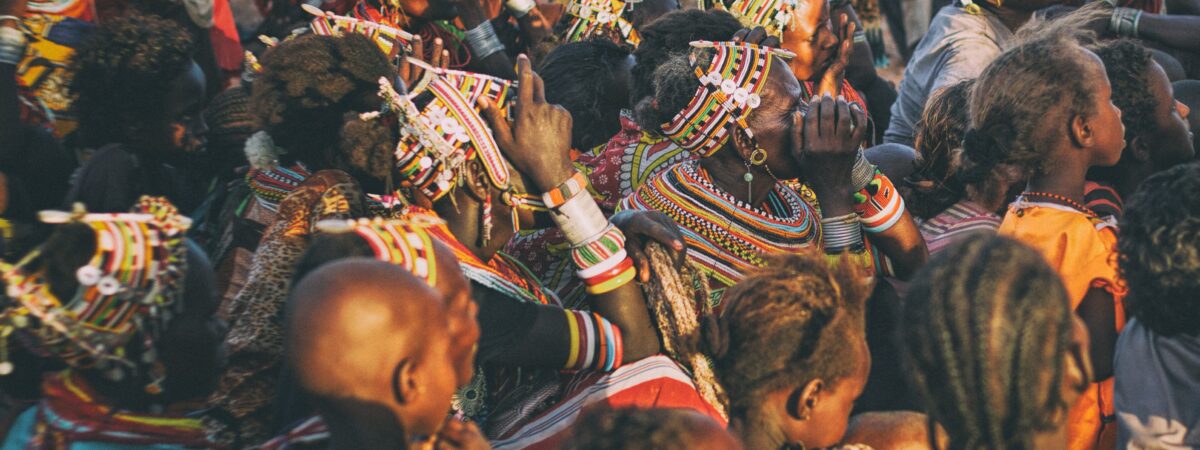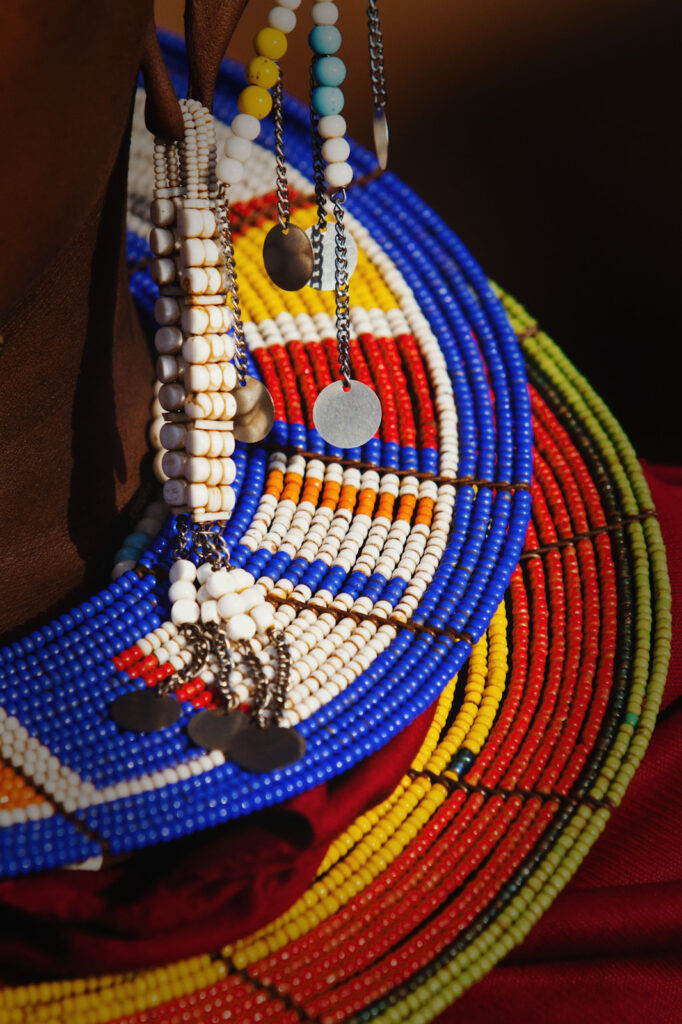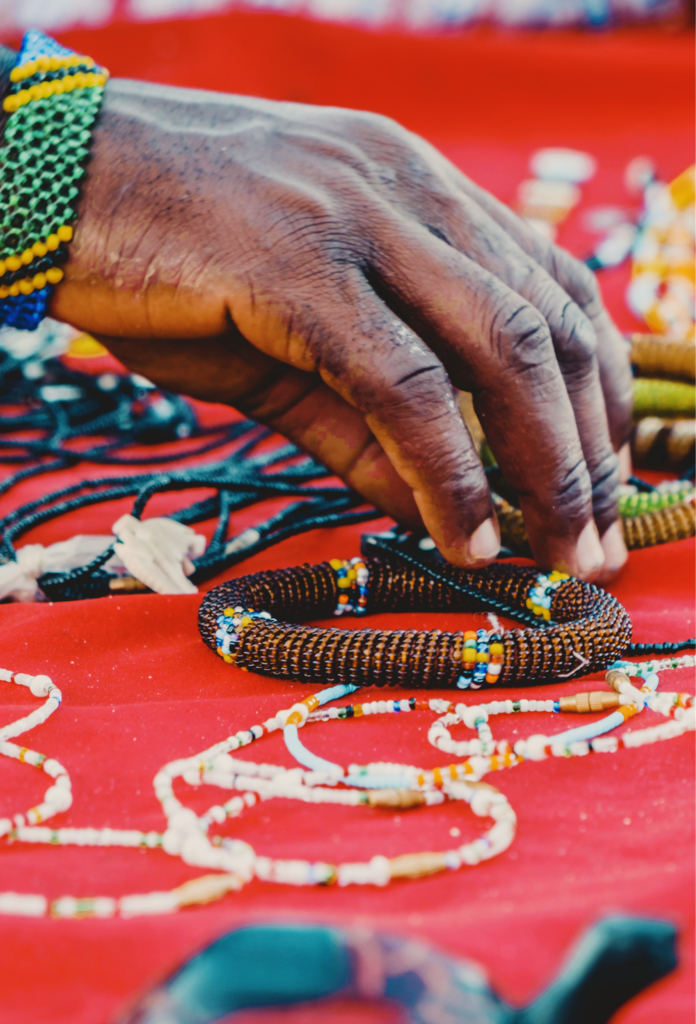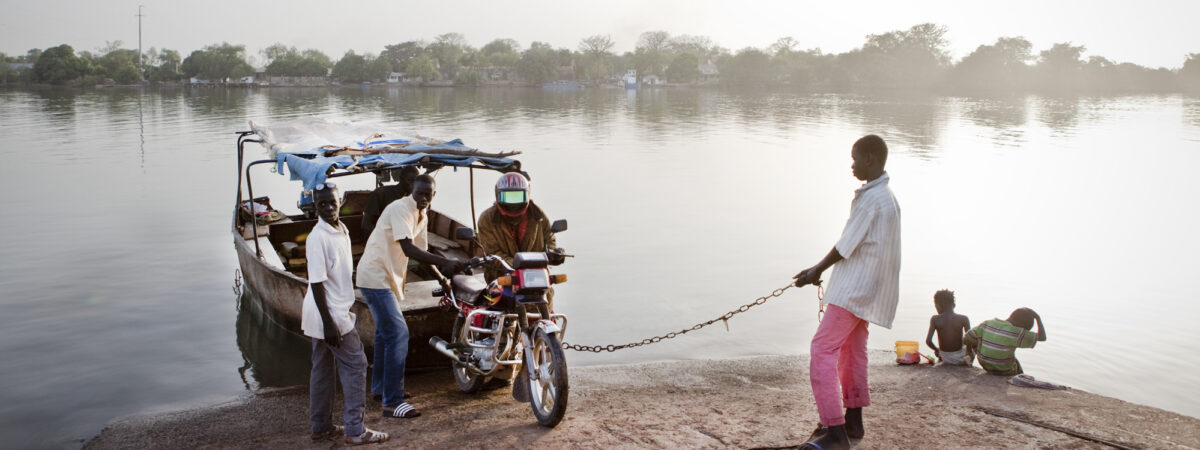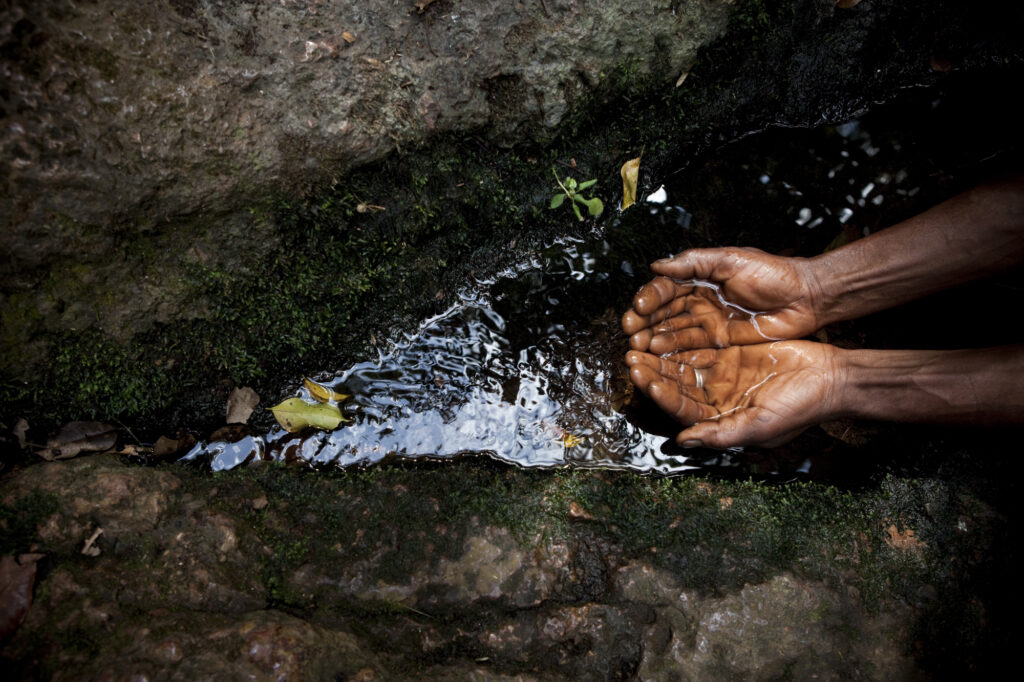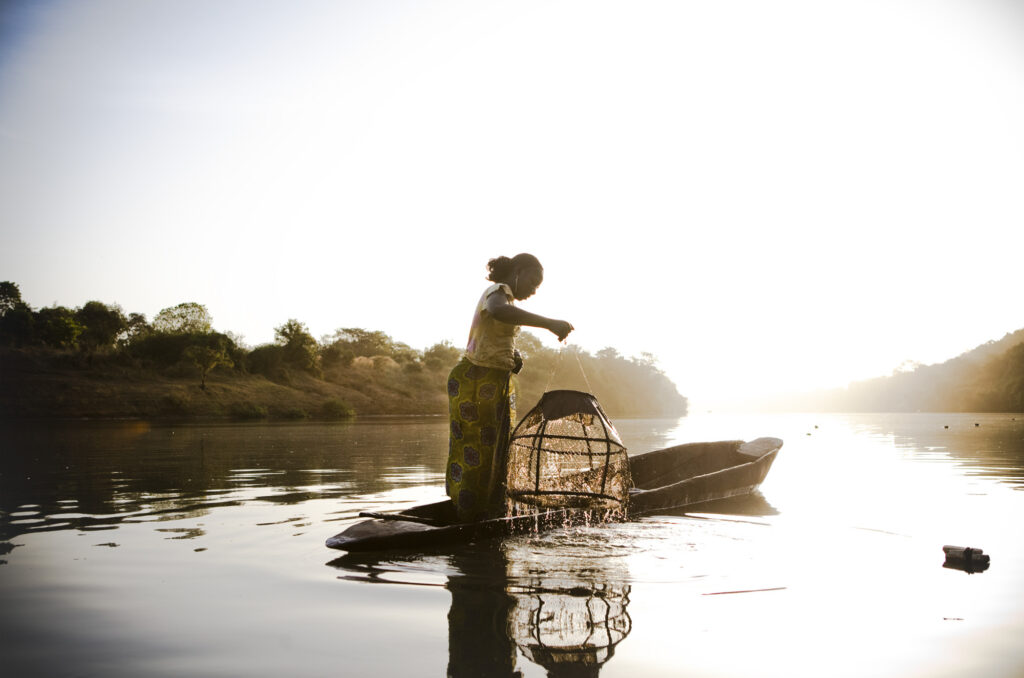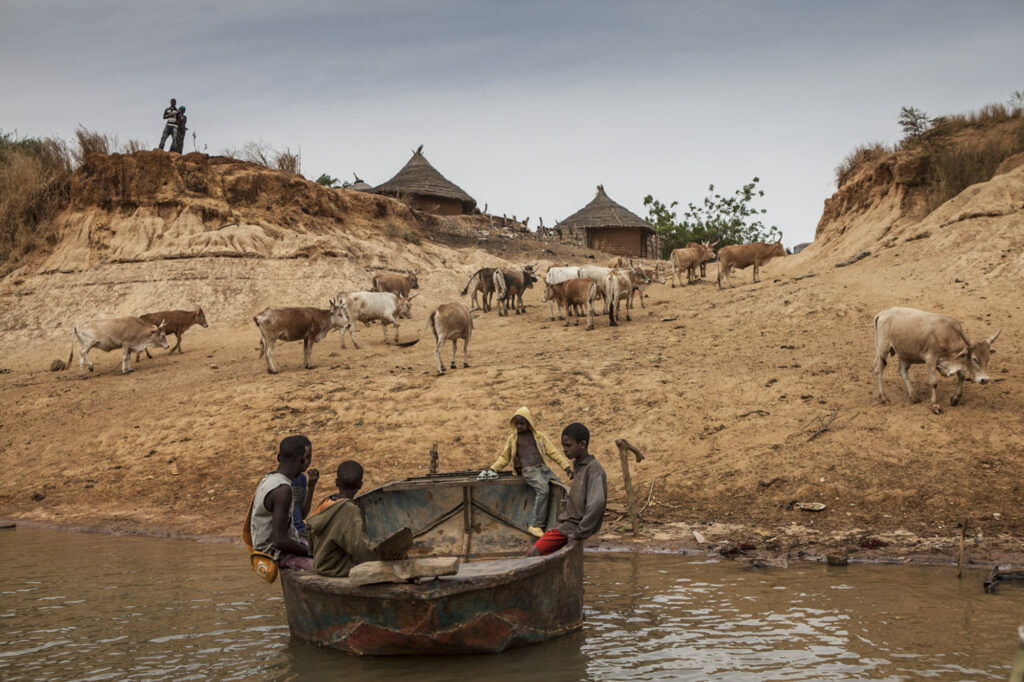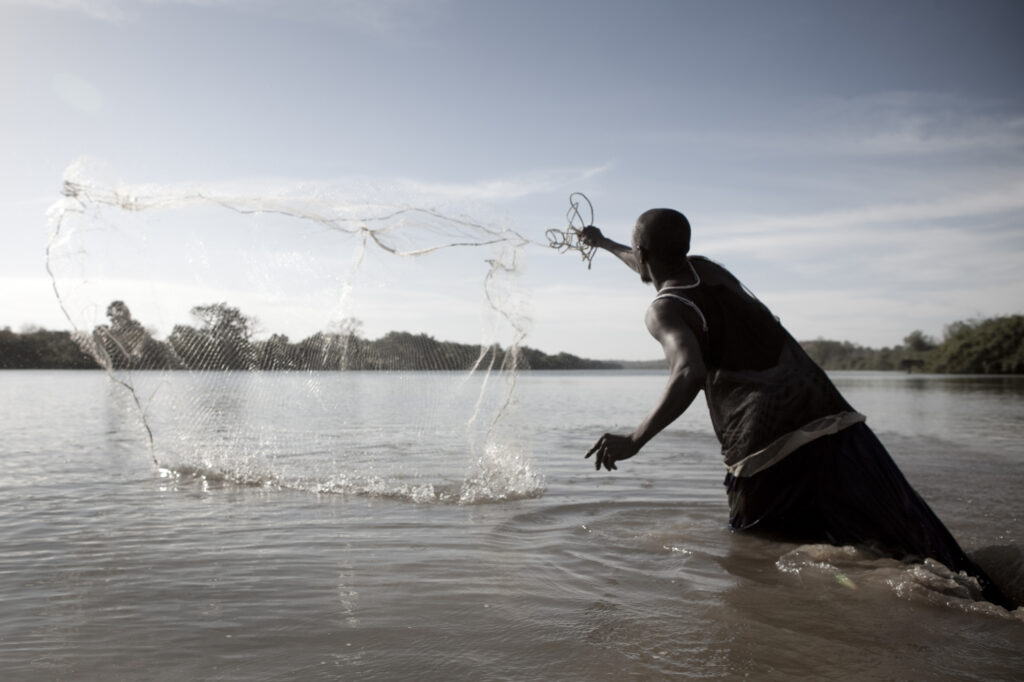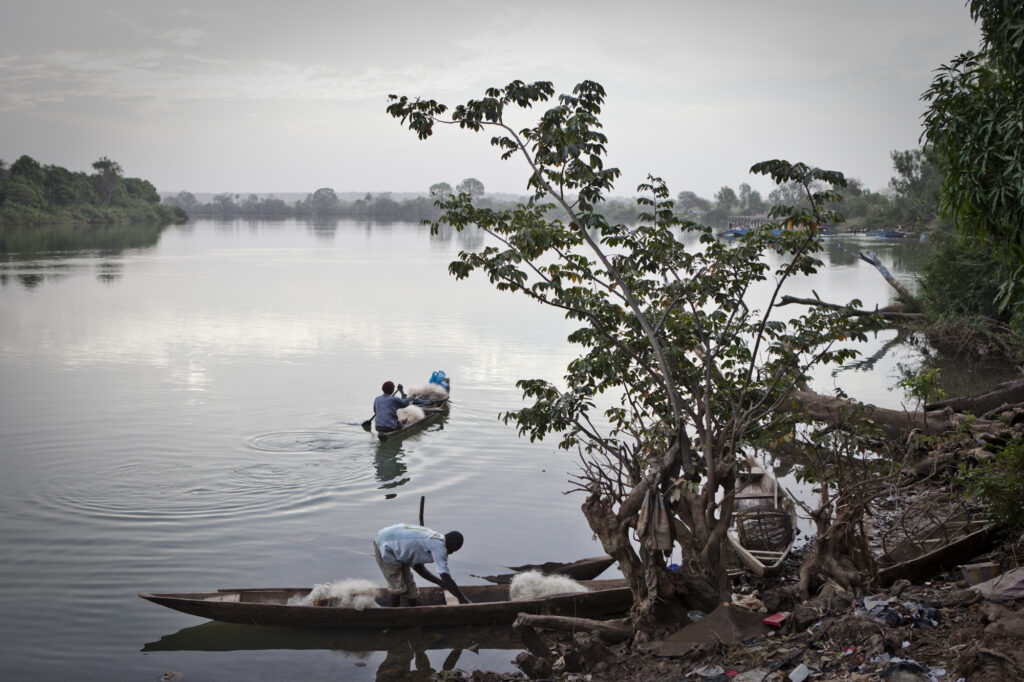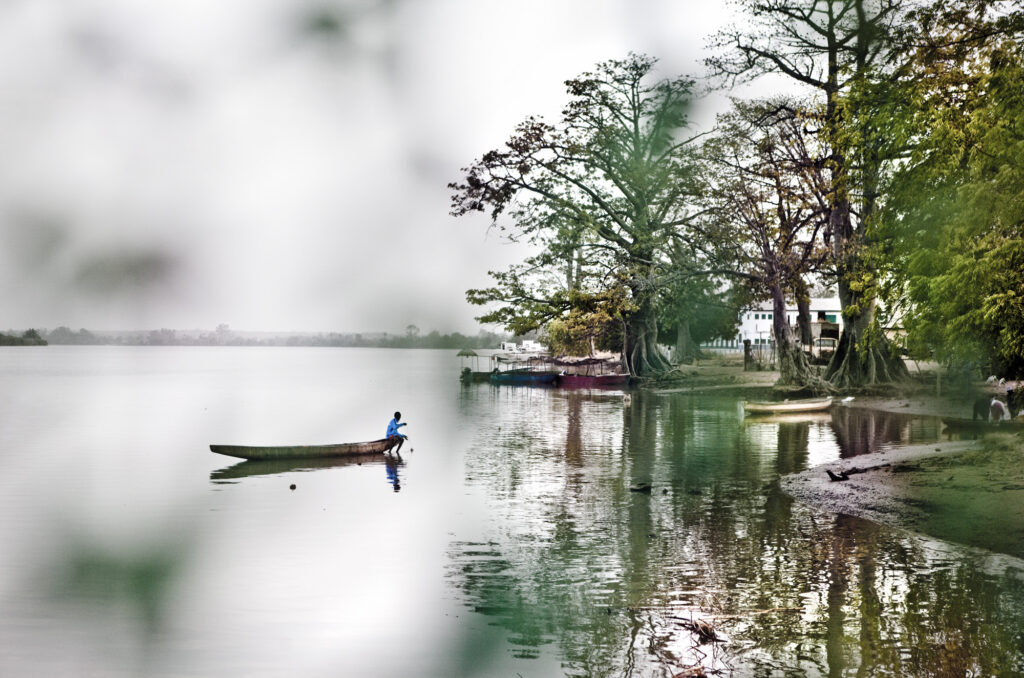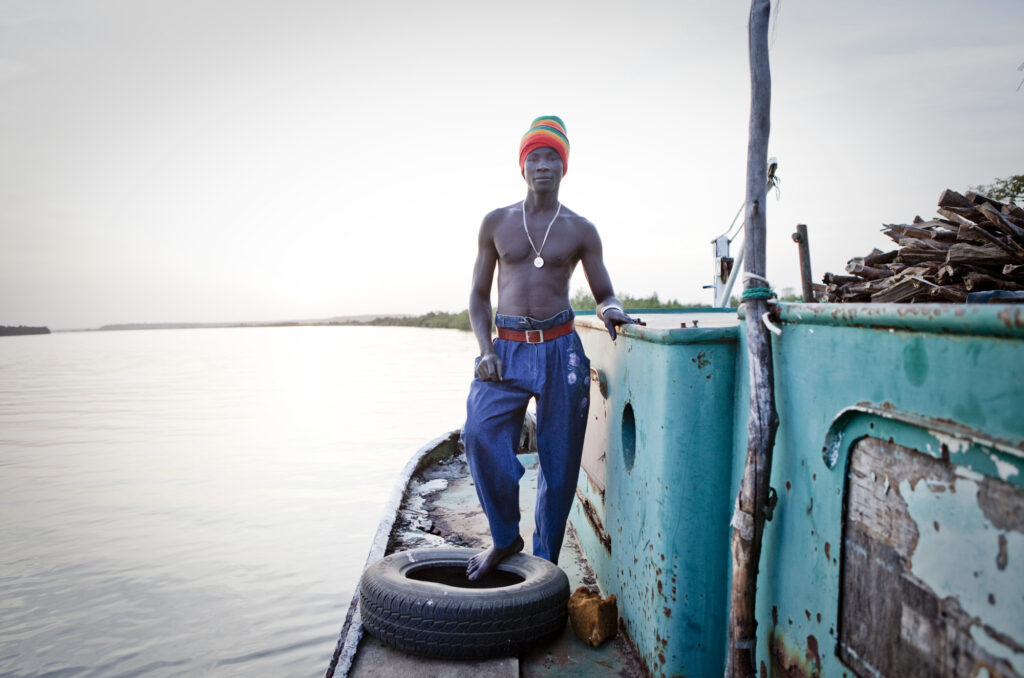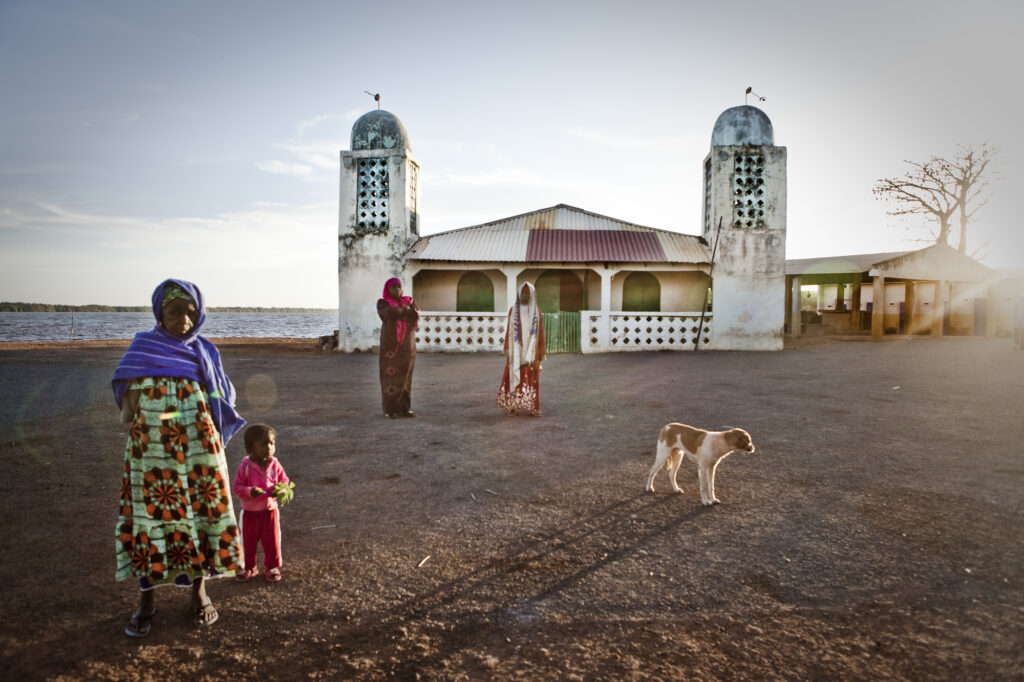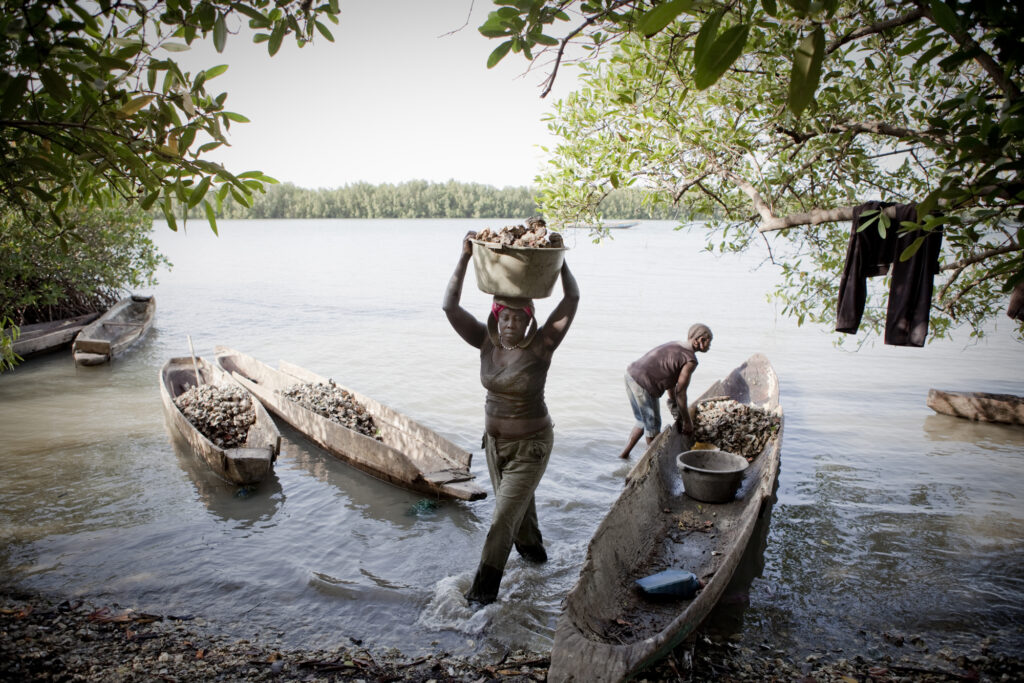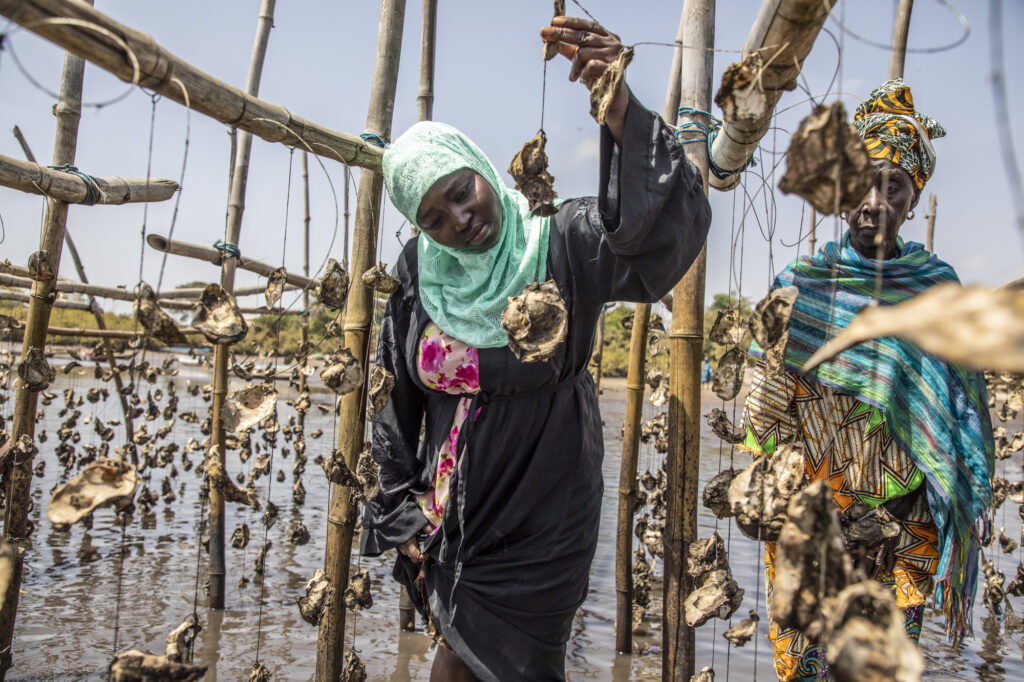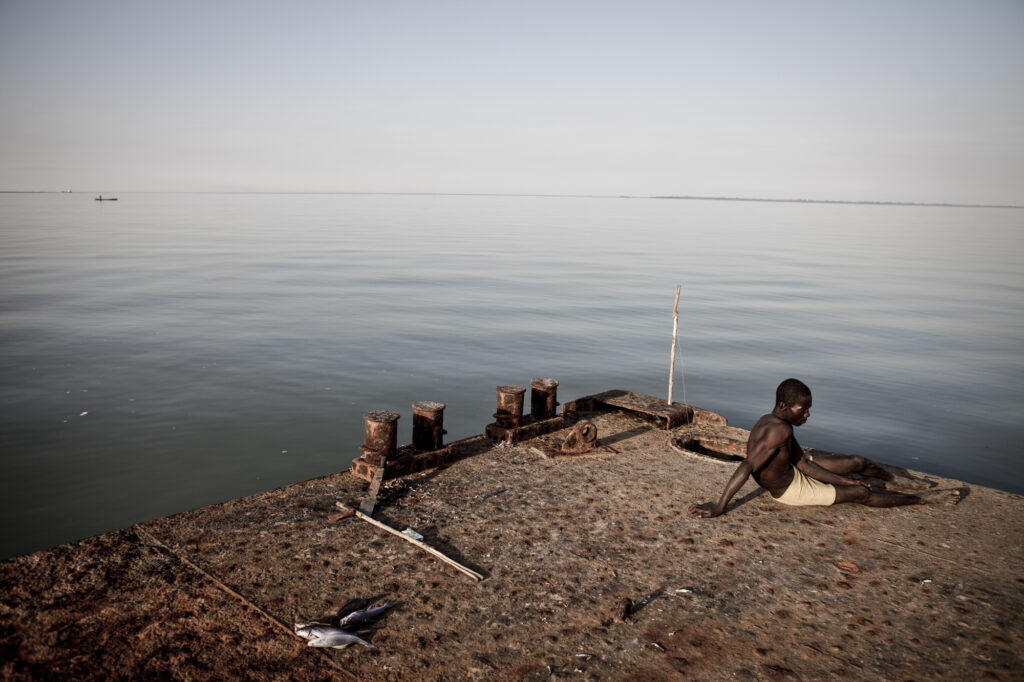Nepal’s Pikey (pronounced “pee-kay”) Peak stands at an elevation of 4,065 metres. It is said to offer Sir Edmund Hillary’s favourite view of Mount Everest.
Photographer Matthew Nelson visited the peak in December while scouting a new trekking route in the Solukhumbu region of Nepal called the Buddhism Sanctuary Trail. The eight-day trek is the perfect itinerary for those who desire to travel “off the beaten path” and avoid the congestion along the route to Everest Base Camp. Stunning Himalayan vistas abound, and the trail visits several noteworthy Tibetan Buddhist Monasteries. The trail is not for novice Himalayan visitors, however, as half of the stages require wilderness camping, where water can be difficult to find in winter.
Despite the challenging terrain and cold temperatures, Nelson captured his story of the trek so others can more comfortably follow in his footsteps.
A second falling star burned out above me as I pushed myself onward in a howling wind toward the summit. Judging by the faint, twinkling lights of their headlamps, I could tell that the Sherpas were just a little bit behind me: Mingma, our guide, and our porters, Lakpa and Ongchu, who carried all of our food and cooking and camping gear for the nights spent in the wilds of the Himalayas.
Even with all my layers on, the wind bit through to my bones, and I surged forward breathlessly up stone steps in the dark on a frosty morning.
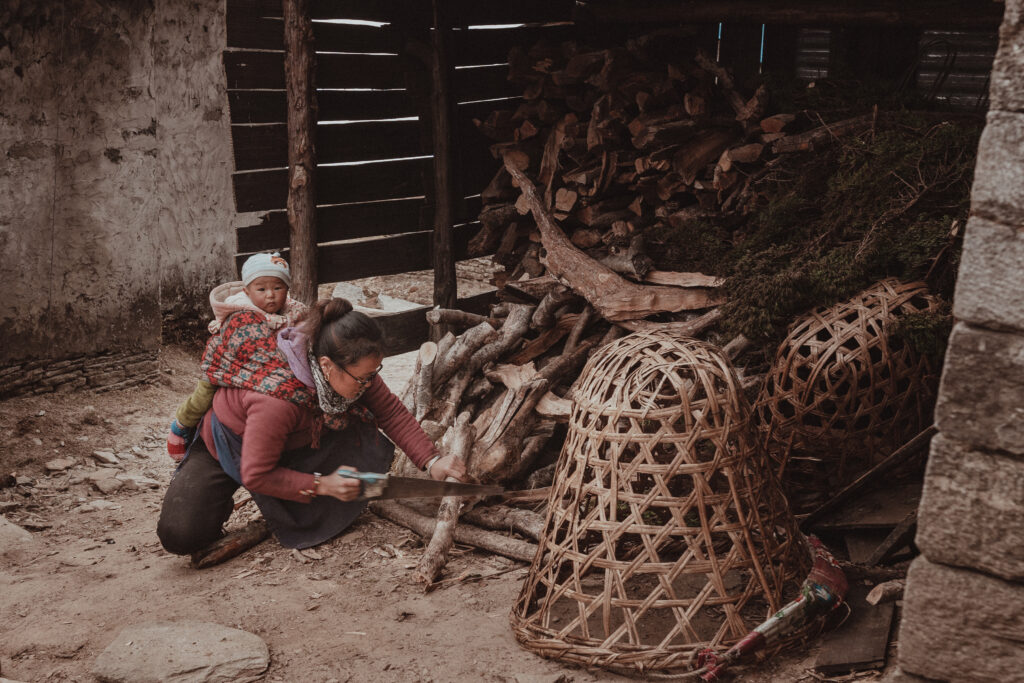
We had arrived at Pikey Base Camp in the late afternoon the day before and found a warm welcome at one of the two open homestays. A young woman was preparing our accommodation. She was joined by her beautiful little nani, who rode in the sling atop her back without complaint, legs kicking excitedly from time to time.
As the temperature plummeted, we gathered closely around the wood-burning stove in a dimly lit common room and mingled with the family and the two Nepali guests who were the only other trekkers we met on our eight-day expedition.
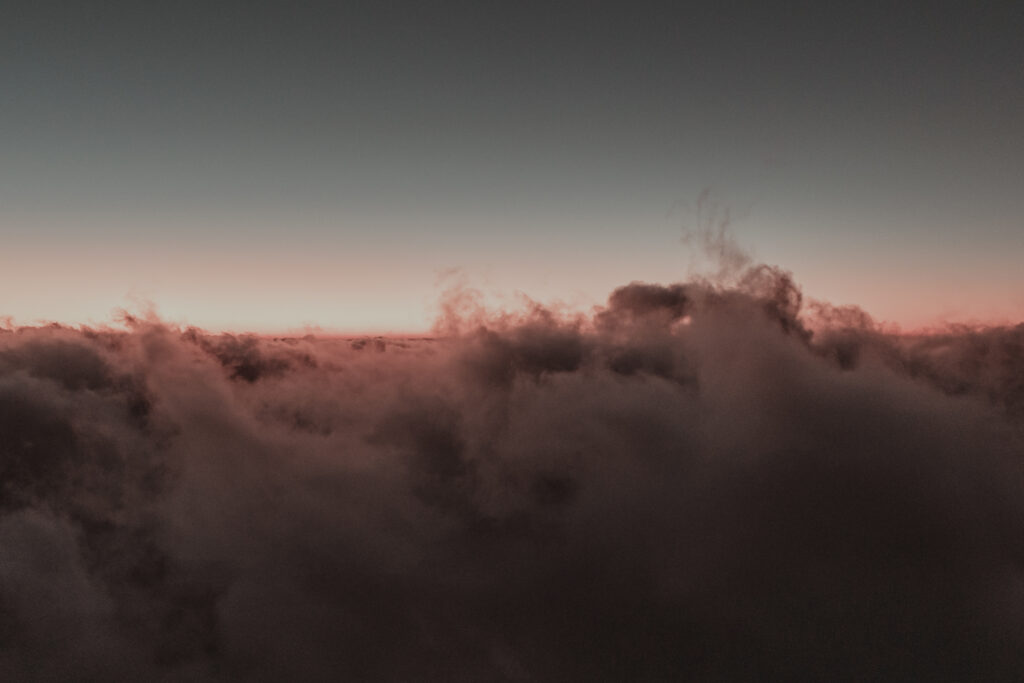
I braved the cold for as long as I could to capture the sunset as seen from our vantage point above a sea of clouds. After the exquisite golden light expired, I gladly went back inside to warm up and await our home-cooked meal.
The next morning would begin with breakfast at 5:00 a.m., and an uphill climb in shivering winds lit by the light of falling stars.
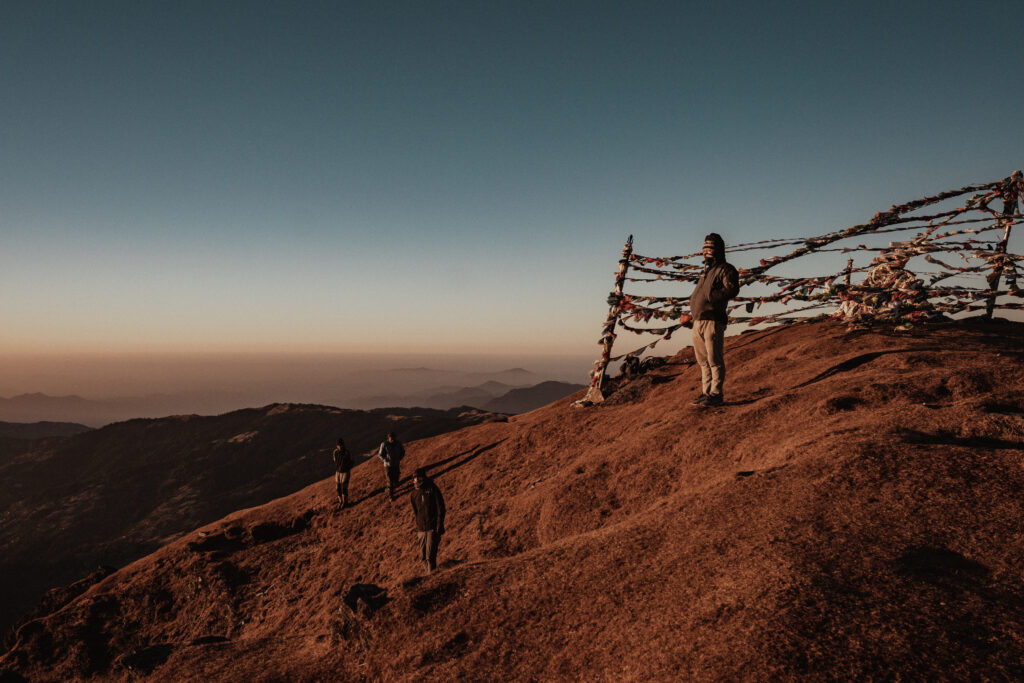
The sound of hundreds of prayer flags rippling fiercely in the wind signalled my arrival at the summit cairn. These multi-coloured hallmarks of Tibetan Buddhism were sending out prayers and peace on unforgiving winds to the far corners of Earth. Slowly, their colours materialised in the dawn as I was joined by the Sherpas and my friend and fellow Trail Angels scout, Kevin.
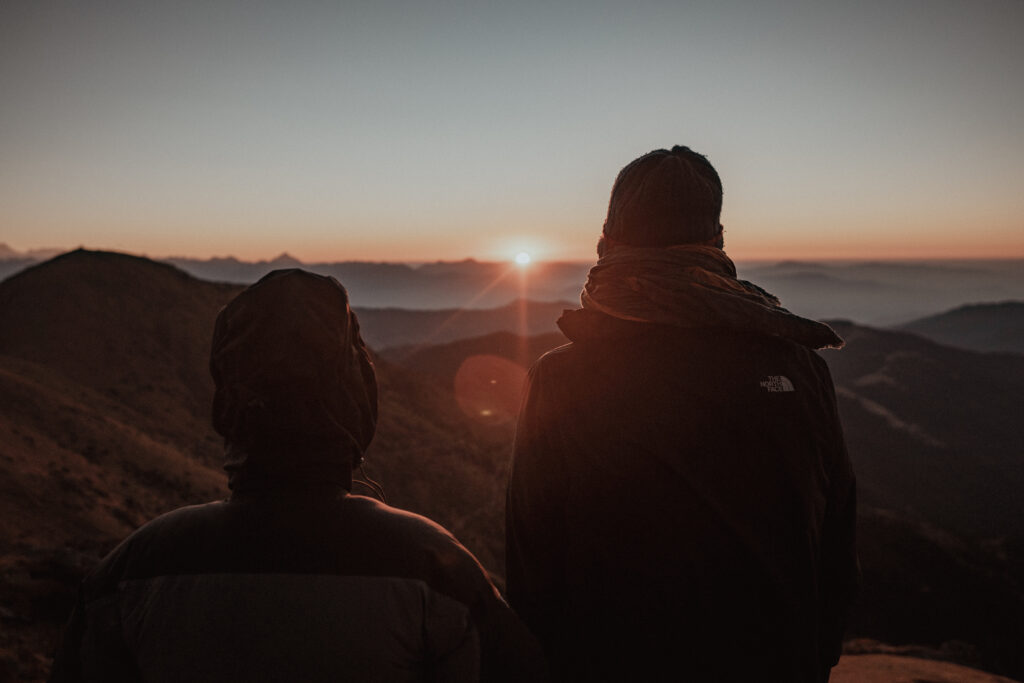
We set down our packs to await the sunrise from the only peak on Earth known to command a view of eight of Earth’s ten tallest mountains: Everest, Kanchenjunga, Lhotse, Makalu, Dhaulagiri, Cho Oyu, Manaslu, and Annapurna.
As light flooded into the eastern sky, I removed my gloves and turned my camera on. The sheer cold of the ascent had completely frozen my freshly charged battery, so I reached into my pocket to find a warmer one to replace it and readied myself to photograph the sunrise.
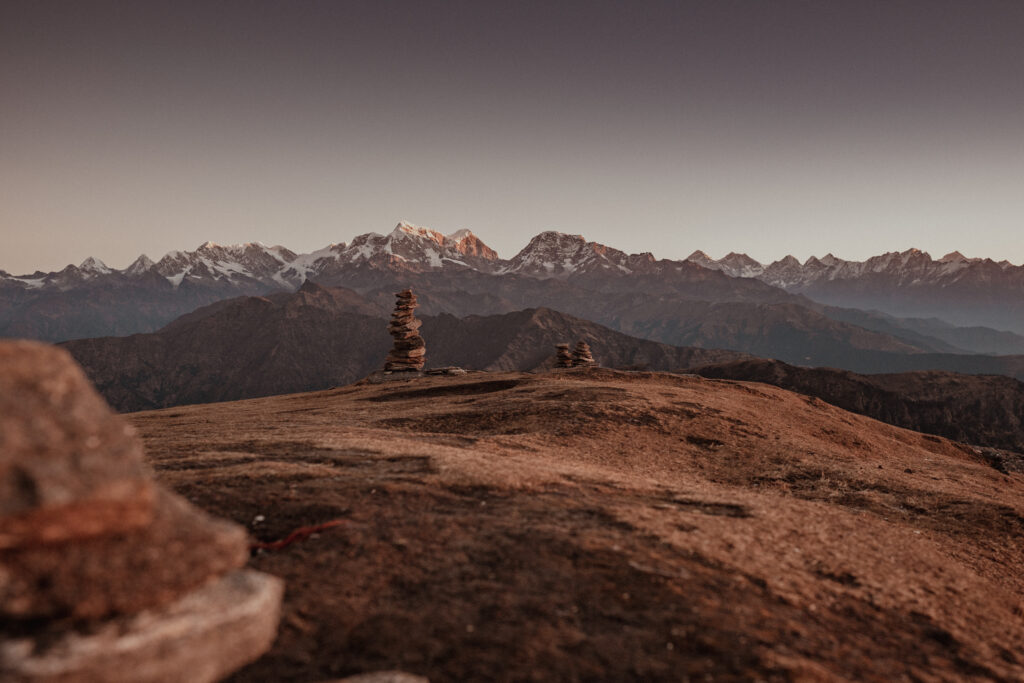
There was debate as we attempted to identify the peaks we could see. Everest and Makalu were identified easily based on their distinctive features, but the farther peaks were harder to discern. Dhaulagiri was some 300 kilometres away, after all. And was that actually Cho Oyu that we were seeing out beyond Numbur?
This panorama shows the Numbur Himal range, with Everest, Lhotse, and Makalu visible (just barely) in the right third of the image.
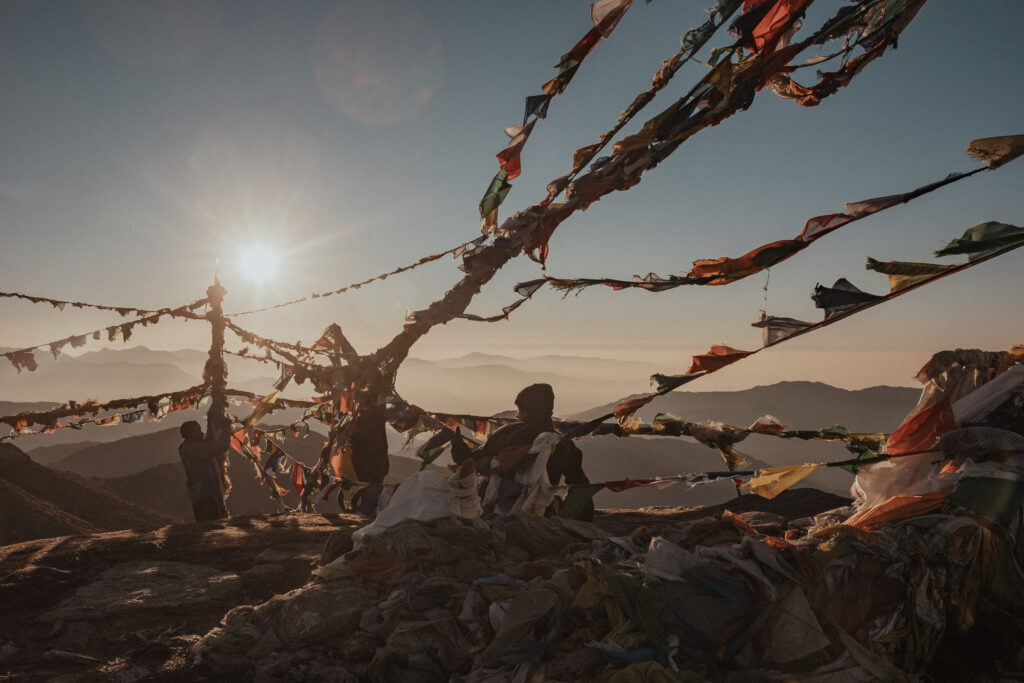
With no shelter from the biting winds, my previously full camera batteries died out one by one as I photographed my companions, who by now were focused on stringing up prayer flags blessed by the 108 lamas at Boudhanath Stupa in Kathmandu.
As they battled the winds to secure these sacred strands in the newborn light, I started to lose all sensation in my fingertips. Letting go of my obligation as the expedition photographer, I surrendered to the elements, returned my camera to my pack, and buried my hands in my trousers as I joined my companions to silently take in the panorama before us.
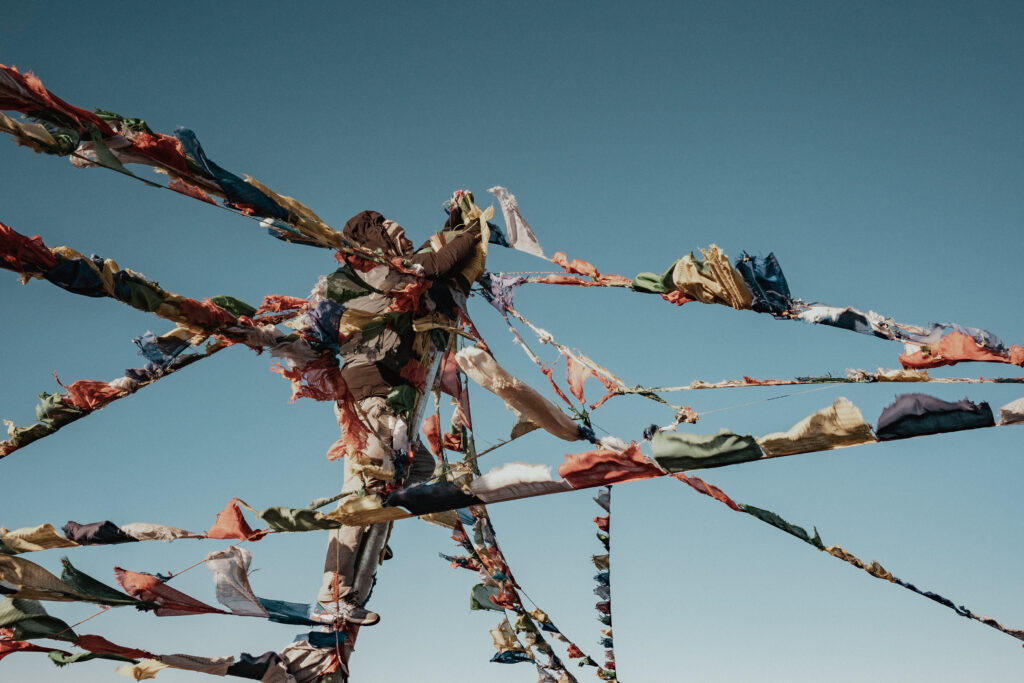
Mingma Sherpa, a veteran trekking guide and father of two boys, precariously climbed — and then balanced — on a pole jutting out from the summit cairn as he fixed our strands of prayer flags in fierce winds. Mingma hails from the village of Chaurikharka in the Solukhumbu region. While Mingma is native to the Solukhumbu, the specific trail we were scouting was new to him as well.
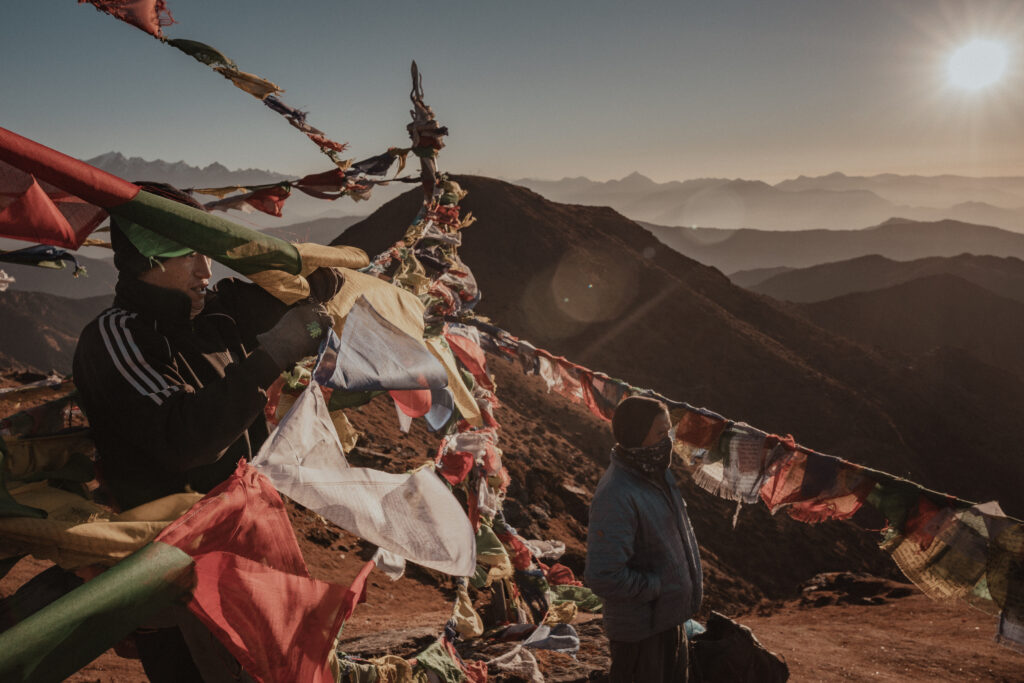
Lakpa Sherpa (left) and Ongchu Sherpa (right) were our porters on this expedition, and hail from nearby villages. On top of bearing back-breaking loads along the trail (carrying our tents, food, and cooking gear), they set up and broke camp; secured water; cooked delicious meals; and brought us tea and coffee to warm us in our tents in the early mornings.
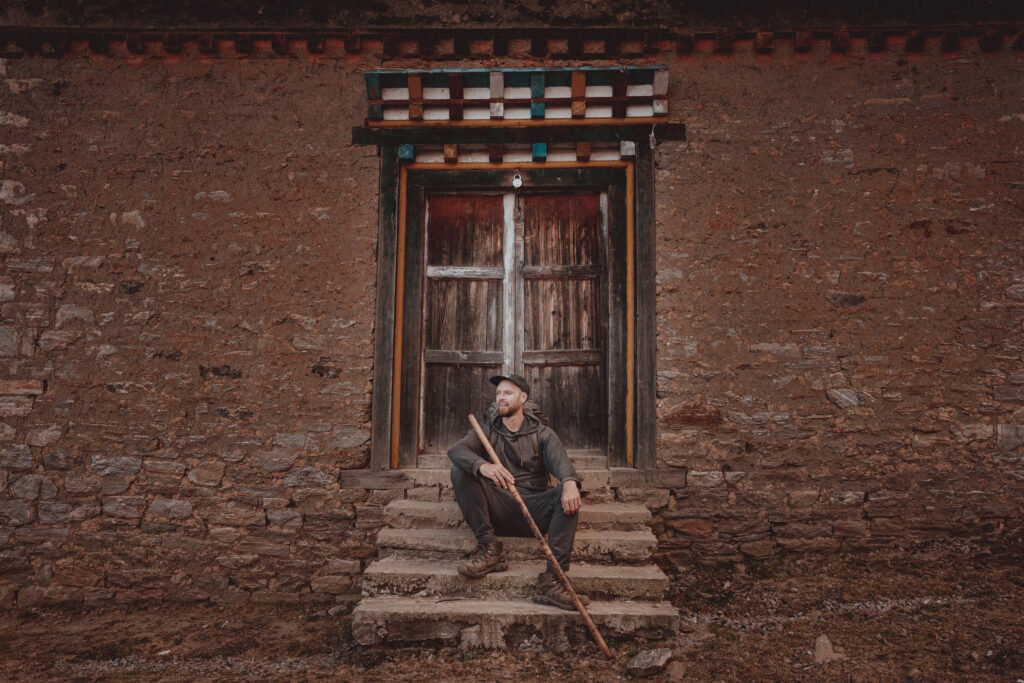
My companion in scouting the Buddhism Sanctuary Trail, Kevin, is a commercial fisherman from Nova Scotia, Canada. A veteran traveller of Nepal, he has visited the country nine times and spends a couple of months each year revisiting his favourite trekking routes. When not in Nepal, he enjoys months-long cycling tours through Asia and the Americas.
This photo of him was taken at Taktor Monastery, where we concluded our day’s trek from Pikey Base Camp.
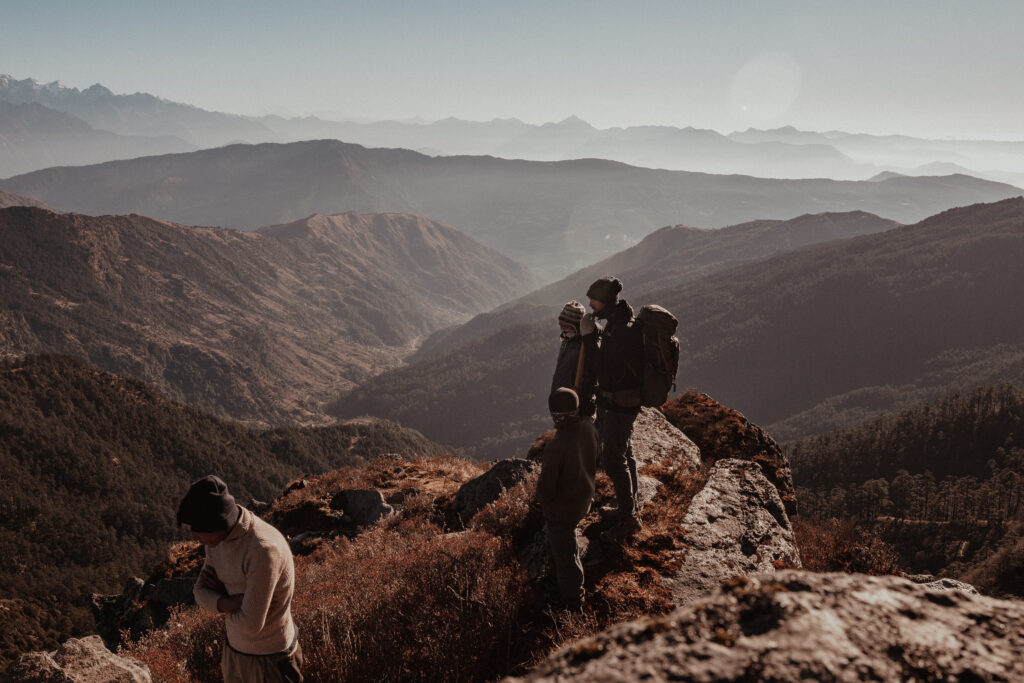
Setting our sights nearer at hand, we looked out across a gilded distance to try and glimpse a trace of our intended path ahead. We were headed for the sacred lake of Dudh Kunda and into the heart of Shangri-La.
With our path now in view, we felt called to continue onward and shouldered our packs once again. We began our descent of Pikey Peak with the stars of our ascent traded for the remote warmth of a December sun.

